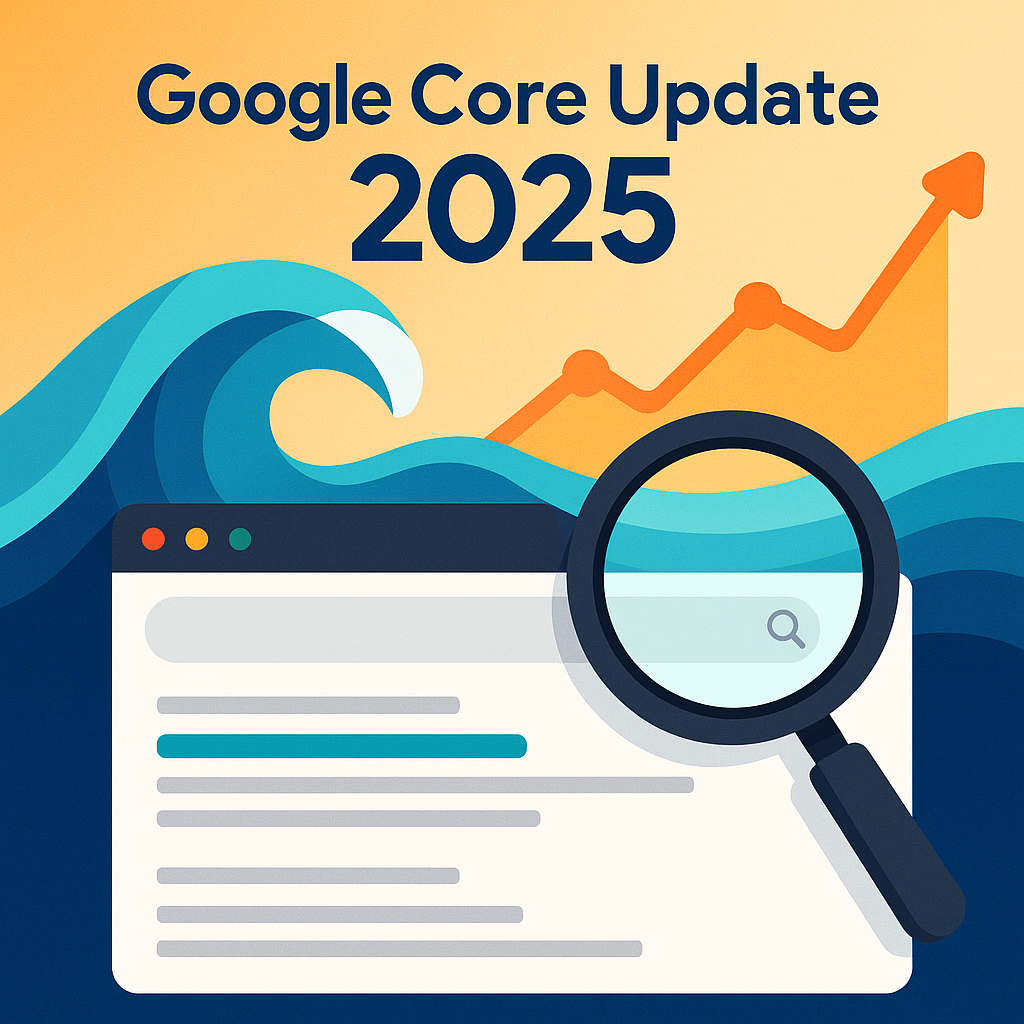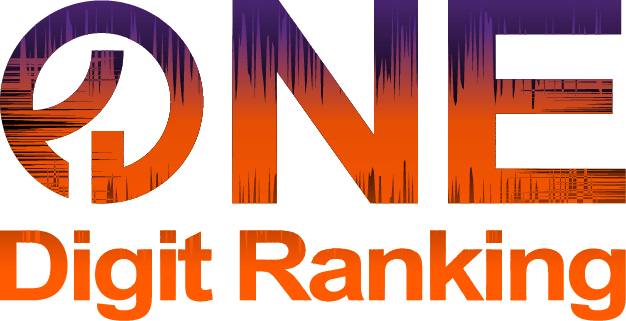
Google’s sweeping core updates roll out several times a year, often without warning and always with rumblings across analytics dashboards. If your organic traffic has dipped—or spiked—around the same time a core update finished rolling out, you’re probably wondering what happened, why it matters, and how to respond. This in-depth guide combines Google’s own guidance with field-tested SEO experience so you can make smart, lasting improvements.
1. What Exactly Is a “Core Update”?
A core update is a broad algorithmic refresh that recalibrates hundreds of ranking signals at once. It is not aimed at any single site or niche. Think of it as rewriting your personal “Top 20 Restaurants” list after new eateries opened, chefs changed kitchens, and your tastes evolved. Some long-time favorites may slide down—not because they suddenly became terrible, but because fresher, more relevant options deserve higher spots.
Key characteristics:
- Scope: Wide-ranging changes to multiple ranking systems simultaneously.
- Frequency: Historically, three to four major releases each year.
- Focus: Rewarding helpful, reliable, people-first content while de-emphasizing pages created mainly to game search.
2. Latest Timeline: Why 2024-25 Felt So Volatile
| Core Update | Start | End (approx.) | Notable Theme |
|---|---|---|---|
| March 2024 | 5 Mar 2024 | 19 Apr 2024 | Folded the Helpful Content classifier into core ranking systems, removing swathes of thin pages. |
| August 2024 | 15 Aug 2024 | 3 Sep 2024 | Further refined signals around authenticity and originality. |
| December 2024 | 12 Dec 2024 | 18 Dec 2024 | Smaller but rapid iteration to fine-tune prior changes. |
| June 2025 | 30 Jun 2025 | Rolling (up to 3 weeks) | Ongoing rollout set to finish by late July; ranking volatility expected throughout. |
| March 2025 | 26 Mar 2025 | 15 Apr 2025 | Added more weight to entity-level authority and genuine user engagement metrics. |
Important note on the June 2025 update
Google confirmed that the rollout began on 30 June 2025 and could take as long as three weeks to finish. Expect noticeable turbulence in search rankings right up until the tail end of July. Resist the urge to make knee-jerk changes in the middle of the rollout—wait until the dust settles.
3. Spotting a Core-Update Hit (or Win) in Search Console
- Wait for the rollout to finish. Confirm the start and (expected) end dates on Google’s Search Status Dashboard so you’re comparing before-and-after data instead of mid-update noise.
- Give it seven days. Let rankings settle, then contrast “the week after” vs “the week before” the update launched.
- Segment by search surface. Drops sometimes appear only in News, Images, or Videos, not standard Web results.
- Measure the magnitude.
- Small slide (e.g., rank 2 → 4): Likely normal re-ordering—don’t rip apart well-performing pages.
- Big plunge (e.g., rank 4 → 29): Time for a deeper audit.
4. Diagnosing a Large Position Drop
Google encourages a site-wide self-assessment rather than tunnel vision on one article:
| Lens | Core Questions |
|---|---|
| People-first focus | Does the page solve a real user problem more effectively than alternatives? |
| Expertise & Trust | Is the author demonstrably knowledgeable? Are claims supported by evidence? |
| Presentation & UX | Is the layout mobile-friendly and uncluttered? Are intrusive ads under control? |
| Depth & Originality | Do you provide new insights, data, or firsthand experience? |
| Site coherence | Are weak, thin, or duplicated sections dragging down domain-wide perception? |
Invite colleagues uninvolved in daily content production to complete this evaluation; outside eyes spot blind spots.
5. Building a Recovery and Resilience Plan
Rule #1: No “quick fixes.” Cutting a random H-tag or shuffling keywords rarely moves the needle and sometimes makes things worse.
5.1 Content Upgrades That Move the Needle
- Rewrite for clarity and intent alignment. If the query is “how long to steam broccoli,” a 2,000-word brassica history lesson buries the answer your reader wants.
- Refresh or consolidate overlapping posts. Merge near-duplicate articles into one definitive resource, then 301-redirect the rest.
- Inject real expertise. Original photos, proprietary datasets, expert commentary, or firsthand experiments differentiate you from regurgitated content.
- Prune irredeemable fluff. Removing thin pages frees crawl budget and lets quality pieces shine.
5.2 Technical & UX Hygiene
- Keep Core Web Vitals in the green—slow interaction or layout shift undercuts page quality.
- Fix broken internal links and orphaned pages.
- Ensure structured data is accurate, not spammy.
- Reduce ad density above the fold.
6. How Long Until You See Ranking Improvements?
Even after thorough improvements, expect a several-month lag before Google’s systems confirm that your site now delivers consistently better content. Sometimes gains remain invisible until the next core update finishes rolling out.
A practical timeline:
- Days 1-7: Fix glaring UX issues and 404s.
- Weeks 2-6: Publish revamped or consolidated content in batches.
- Weeks 6-12: Track impression and click-through improvements on refreshed URLs.
- 3-6 months: Look for steady gains in average position across priority queries.
- Next core update: Re-evaluate—momentum often crystallises after a fresh algorithm pass.
7. Evergreen SEO Checklist for 2025 and Beyond
- User-first mindset: Every article starts with “What would I search for and why?”
- Demonstrable expertise: Author bios, transparent sourcing, and verifiable credentials.
- Holistic coverage: Build topic clusters rather than isolated keyword posts.
- Performance culture: Treat Core Web Vitals and mobile responsiveness as non-negotiable.
- Quarterly audits: Regularly prune or refresh stale sections before Google does it for you.
8. Final Thoughts
Core updates aren’t random punishments—they’re Google’s evolving effort to surface the most useful answers. Sites that invest in genuine expertise, reader-centric formatting, and technical excellence almost always bounce back stronger (and sometimes leapfrog competitors).
With the June 2025 update rolling out through late July, patience and a clear roadmap are your best allies. Resist knee-jerk tweaks, focus on substantive improvements, and your next analytics check-in could show that the algorithmic tide is finally working in your favor.
Stay calm, stay data-driven, and keep helping your audience. The rankings will follow.
